Baan Rak Thai Stay in a Mountain Village Rich in History and Culture

For those looking for a tranquil escape surrounded by misty mountains, rich culture, and breathtaking scenery, Baan Rak Thai in Mae Hong Son Province is a hidden gem waiting to be discovered.
This Yunnanese village on the Thai-Myanmar border offers not just a place to relax but a chance to step into history, walk through traditional tea plantations, and experience a lifestyle that has remained unchanged for decades.
If you have never heard of this place before, that’s fine. Let’s get to know its information step by step.
A Village Rooted in the Past A Story of Migration and Survival
To truly appreciate Baan Rak Thai, you must first understand its deep historical roots. This is no ordinary village—it is a settlement founded by Chinese Kuomintang (KMT) soldiers who fled to Thailand after the Chinese Civil War in 1949. Unable to return home, they built a self-sustaining community, cultivating the land, growing premium-quality tea, and preserving their Yunnanese traditions.
Today, the village remains a living legacy of the past. The locals speak Yunnanese dialects, prepare authentic Chinese dishes, and maintain their distinct way of life. As you stroll through the village, you’ll see red lanterns hanging from traditional houses, shops selling handmade Yunnan ceramics, and farmers picking fresh tea leaves from the surrounding hills.
Unlike other villages that have embraced modern development, Baan Rak Thai retains its original charm, making it a rare and authentic cultural destination in Thailand.


A High-Altitude Village with Cool Weather Year-Round
Located 1,800 meters above sea level, Baan Rak Thai enjoys a cool, refreshing climate all year round. The village sits right on the Thai-Myanmar border, surrounded by dense forests, rolling tea plantations, and breathtaking mountain views.
The mist-covered mornings create an almost magical atmosphere, while the evenings bring a crisp mountain breeze that makes outdoor dining and stargazing an unforgettable experience. The best time to visit is between November and February, when the weather is at its coolest, and the lake is often covered in a layer of morning mist, creating picture-perfect reflections of the village.
Step Into History at Ban Din War Museum
One of the most fascinating places in Ban Rak Thai is the Ban Din War Museum, a hidden treasure that tells the story of the Kuomintang soldiers who founded the village.
Housed in a traditional mud-brick building, the museum takes visitors back in time with displays of old photographs, military uniforms, weapons, and documents that reveal the struggles and resilience of the Yunnanese people who settled here.
Walking through the exhibits, you’ll learn about:
📜 How the KMT soldiers fled from China and found refuge in Thailand.
🛖 How they built Baan Rak Thai from nothing, transforming it into a thriving tea-producing village.
🫖 How tea farming became their lifeline and turned the village into a major tea hub in Thailand.
A visit to Ban Din War Museum offers a deeper understanding of Baan Rak Thai’s rich history and why it remains a significant cultural landmark in Thailand today.



Explore the Beauty of Baan Rak Thai
Beyond its historical significance, Rak Thai village is also a place of natural beauty and scenic attractions.
The Lake – One of the most breathtaking features of the village, this serene lake reflects the surrounding traditional Chinese-style houses and mountains. The best time to visit is in the morning, when the mist hovers over the water, creating a dreamlike atmosphere.
Tea Plantations – With its high-altitude climate and fertile soil, Ban Rak Thai is one of Thailand’s best tea-growing regions. Visitors can:
- Walk through the neatly arranged rows of tea plants.
- Observe tea farmers hand-picking leaves.
- Join a tea-tasting session and learn about traditional Chinese tea-making techniques.
The Village Market – This is where you can experience the daily life of Ban Rak Thai’s residents. Shop for locally made souvenirs, handwoven textiles, dried fruits, and some of the finest Oolong and green tea in Thailand.


A Stay Like No Other Unique Lodges & Tea-Themed Resorts
Forget traditional hotels—Baan Rak Thai offers something far more special. Instead of camping, you’ll find boutique lodges, hillside resorts, and tea-themed retreats that allow you to fully experience the village’s beauty.
Where to Stay?
- Lee Wine Rak Thai – The most famous accommodation in Ban Rak Thai, this resort overlooks the lake and is surrounded by lush tea plantations. The clay-built cottages blend seamlessly with nature, making it one of the best places to stay for an authentic and peaceful retreat.
- Valley House – A cozy family-run guesthouse with warm hospitality, great food, and easy access to the village’s main attractions.
- Nongnuch Resort – A charming lake-view resort that offers comfortable rooms with breathtaking sunrise views.
- Camping! Yes, you can spend some nights at the village.
By staying in one of these unique lodges, you’re not just getting a place to sleep—you’re immersing yourself in the landscape, the culture, and the traditions of Baan Rak Thai.

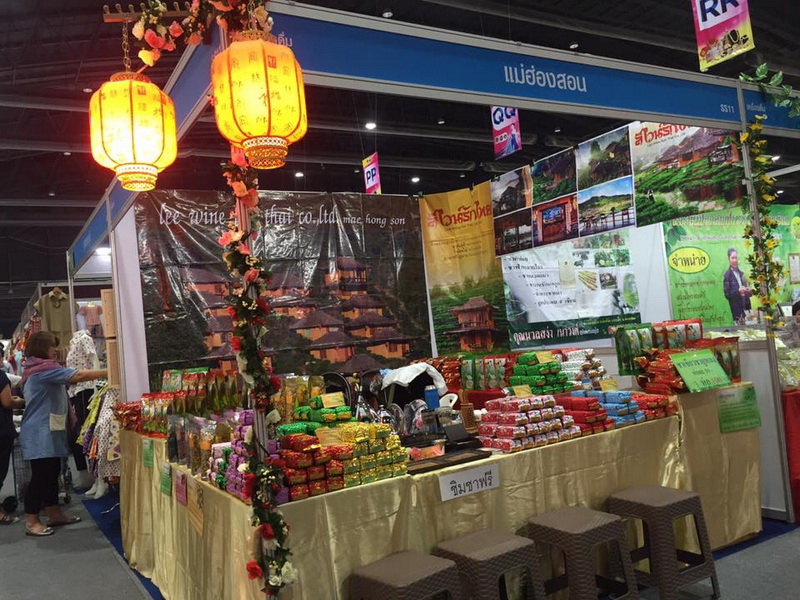
How to get there
Baan Rak Thai is located at Area 6, Mhok Cham Pae District, Muang County, Mae Hong Son Province.
- By Private Car: If you have a car, you may start your engine from the downtown. Then just keep driving along the road Chiang Mai-Mae Hong Son. At the end of the road, you should switch to the road No.1095 instead. Then, after you turn left to Pha Suea Waterfall, you should continue straight. Finally, you will reach your destination in a hot second.
- By Public Transport: Don’t be nervous if you don’t have a car, take a yellow minibus from Sai Yood Market for around 70 Baht. However, these operate on a limited schedule, so check the departure times in advance.
- By Tour Package: Many operators also offer package tours from Chiang Mai to Mae Hong Son, covering the best cultural and scenic spots in the region.
Nearby Places
This place is only about 13 kilometres away from the village. This is a part of royal project. Its formal name is ‘Pang Tong 2 Royal Project’. The area is full of water, trees, and mountains. It is like a kind of national park. There is no wonder why most people call it ‘The Thai Switzerland’.
Only about 36 kilometres away from Baan Rak Thai, this is a 600-metred -long bridge. It was built by hearts and faith of villagers, monks, and novices around there. The bridge takes place through plantations and water. Monks go on Binthabat by walking on the bridge every morning. The bridge also represents ‘complete wishes’.

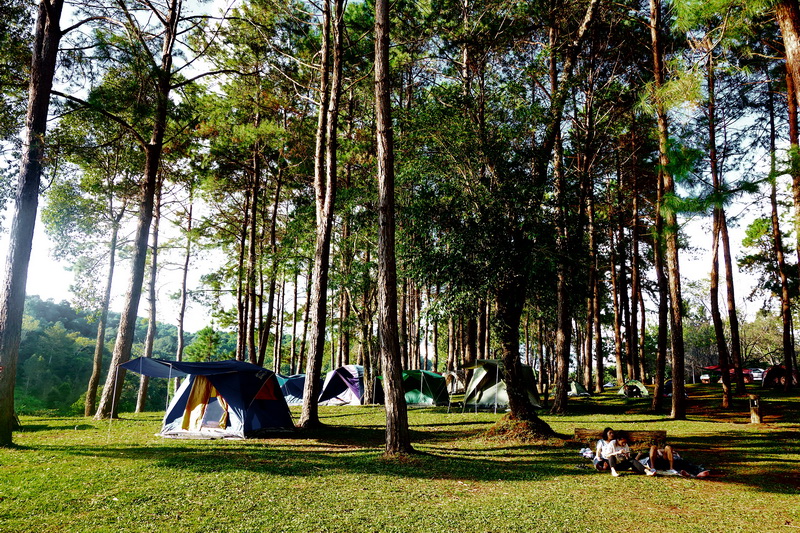

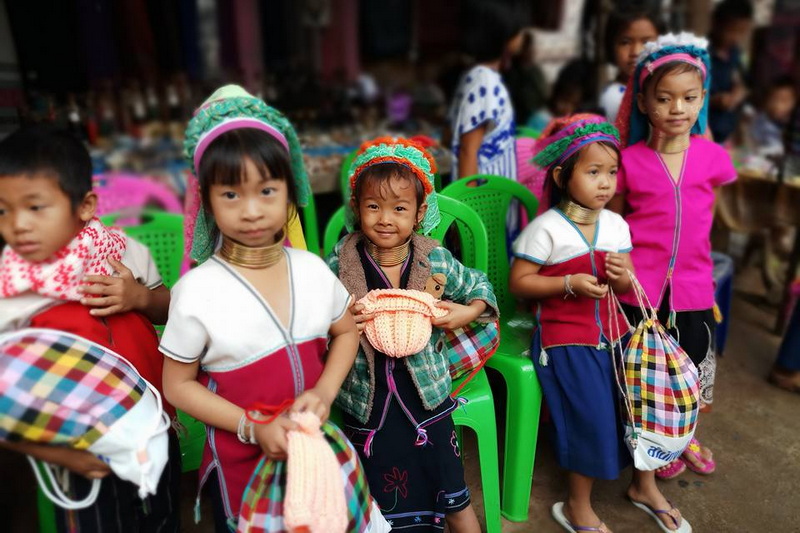
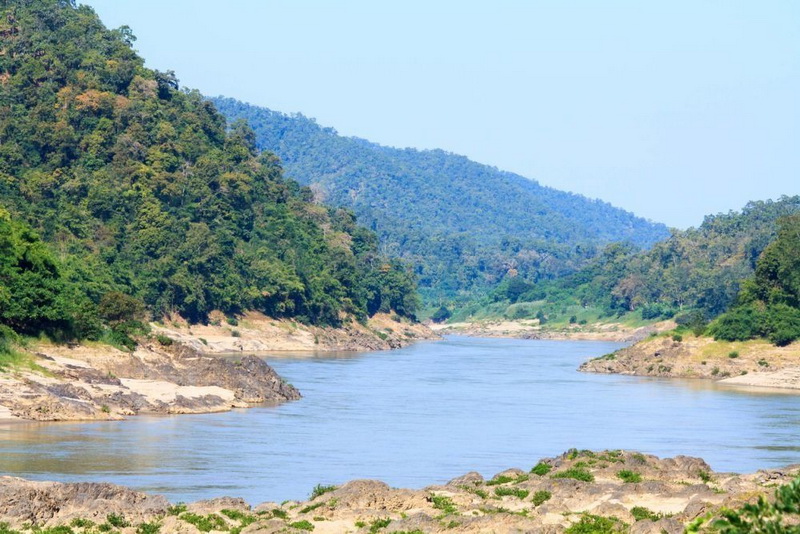
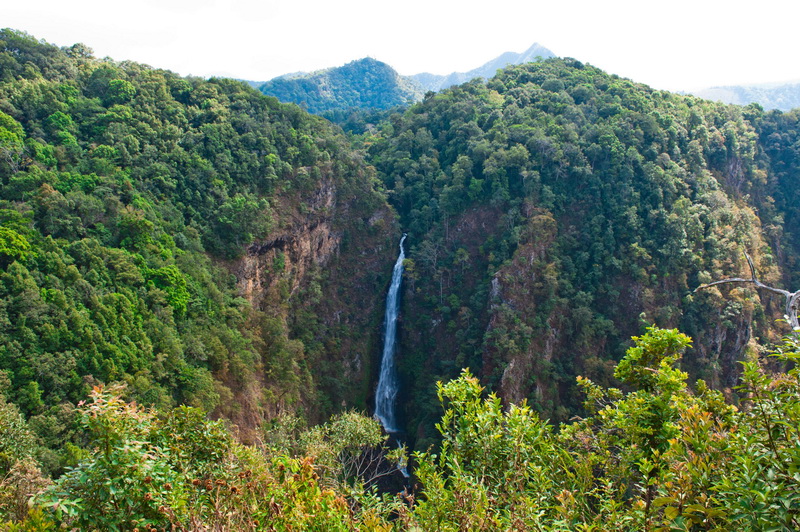
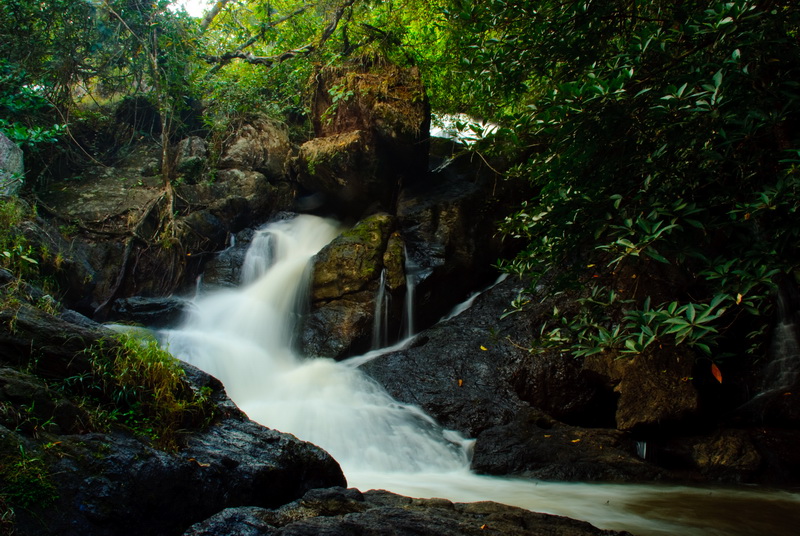
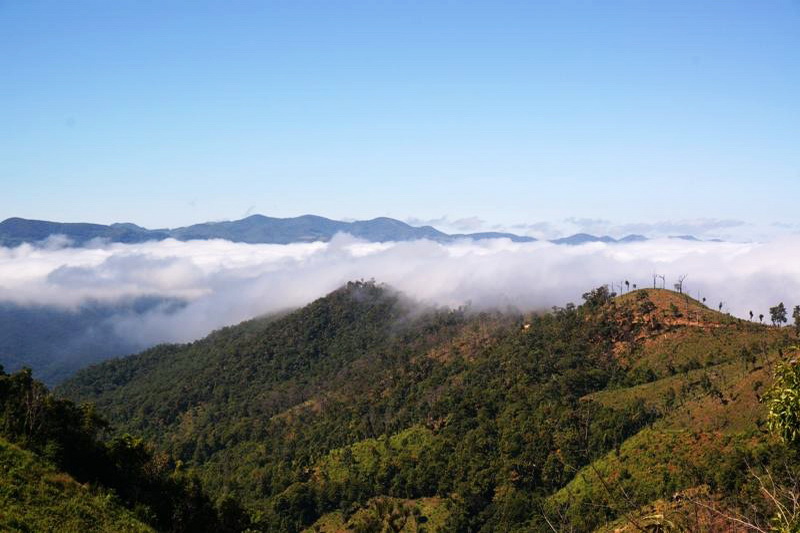
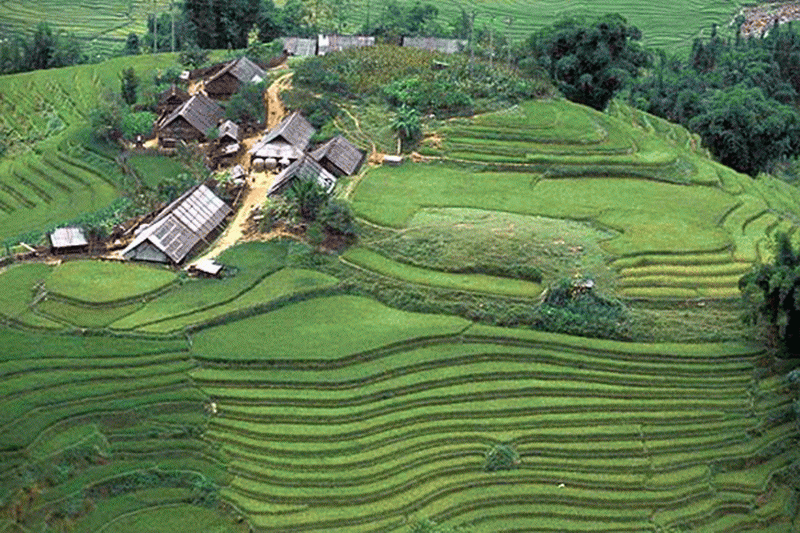
Leave A Comment